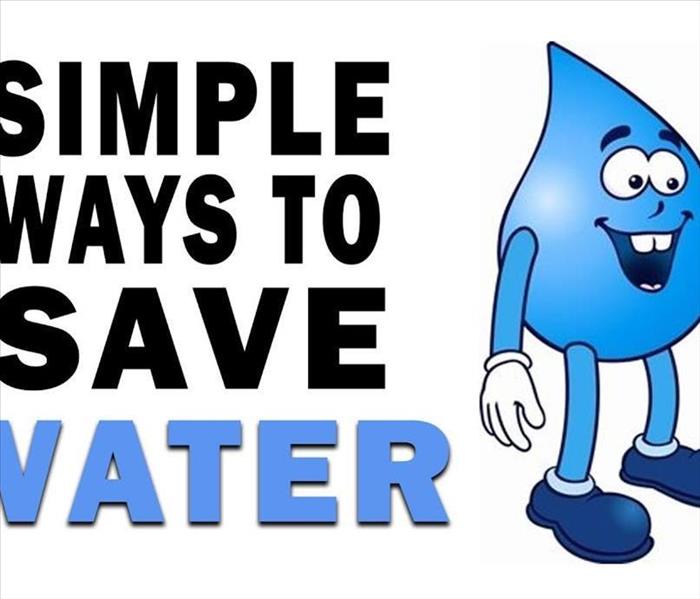Water Saving Tips For This Summer
6/4/2019 (Permalink)
Every state is experiencing the effects of drought, and saving water is on everyone’s mind these days. We waste a lot of water; our showers are too long, and we are often obsessed with an emerald green lawn. We need to change the way we handle and view water and leave behind the outdated and inefficient water management systems of the past.
Here are some tips that will help you save water this summer. Your water bill will be reduced, and you can save yourself some time into the bargain as well as doing some good for the Earth.
- Water your yard in the cool parts of the day. Water evaporates more quickly when it’s hot, so run your irrigation system while it’s most likely to stay with your lawn. Make sure you are not watering your sidewalk or your driveway, too. A drip system works quite well in this respect. Replacing your thirsty lawn with a drought tolerant garden would be a great way to save water, and it won’t have to be mowed every week!
- Check for leaky toilets. Put a few drops of food coloring into the tank. If the color shows up in the bowl, your tank is leaking, and could be wasting up to 100 gallons of water a day!
- Take shorter showers. Trimming just two minutes off of your showers can save up to 1700 gallons of water a year. One way to do this is to turn off the shower while you shave or soap up. Install water-efficient shower heads, toilets, and faucets for a savings of thousands of gallons per year as well.
- Cover the pool. Make sure the water in your pool stays there by covering it when you are not using it. This will prevent water loss by evaporation.
- Use a car wash. When you are washing your car by hand can easily use 100 gallons of water, and takes a lot of time and effort, as well. Commercial car washes average 40 gallons or less!
- Trap rain water. Collect the water from summer rain storms by getting a water barrel. You can reuse this water for your garden. Green roofs, rain gardens, and other water-saving techniques are called green infrastructure and go a long way towards saving this most precious resource. More and more landowners and city governments are choosing to invest in these and other innovative strategies as ways to save water, reduce pollution, and save millions, and even billions, in costs for new water tanks, tunnels, and other traditional water infrastructures.





 24/7 Emergency Service
24/7 Emergency Service
